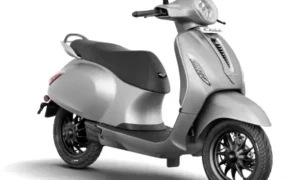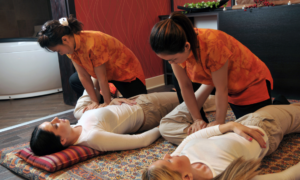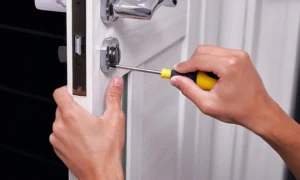In the realm of healthcare, where precision, hygiene, and safety are paramount, the importance of properly fitting medical gloves cannot be overstated. Wearing gloves that are too tight may impede movement and cause discomfort, while those that are too loose can compromise the protective barrier they are intended to provide. This guide is designed to equip healthcare professionals and individuals with the knowledge to measure the right size for buying disposable gloves for sale in Texas, ensuring a perfect fit for optimal performance and safety.
Understand Glove Sizing Metrics:
Medical gloves are typically sized based on the measurement of the hand’s circumference and length. Hand circumference is measured around the widest part of the palm, just below the knuckles, while hand length is measured from the tip of the middle finger to the base of the palm.
Use a Flexible Measuring Tape:
Accurate measurements are essential for finding the right glove size. Use a flexible measuring tape to ensure precision. Wrap the tape snugly around the hand without pulling too tight, as this can lead to an inaccurate measurement.
Measure Dominant Hand:
In most cases, it is recommended to measure the dominant hand, as it is typically slightly larger than the non-dominant hand. This ensures that the gloves will comfortably fit the hand that performs the majority of tasks.
Refer to the Manufacturer’s Sizing Chart:
Different glove manufacturers may have variations in sizing charts, so it’s crucial to consult the specific chart provided by the brand you’re considering. Sizing charts typically correlate hand circumference and length to a designated glove size. Ensure your measurements fall within the recommended range for a precise fit.
Consider the Glove Material:
Medical gloves come in various materials, including latex, nitrile, and vinyl. Each material has different levels of elasticity and stretch. Consider the material properties when selecting a size, as some materials may provide more flexibility than others.
Check for Comfortable Snugness:
A well-fitted medical glove should be snug but not excessively tight. The gloves should conform to the natural contours of the hand without causing discomfort or restricting movement. Ensure that the glove covers the entire hand and extends slightly beyond the wrist for optimal protection.
Evaluate Finger and Thumb Fit:
Pay close attention to the fit of each finger and the thumb. Ensure that the fingers reach the end of the glove without excessive bunching or stretching. A proper thumb fit is crucial for maintaining dexterity and grip during intricate medical procedures.
Consider the Intended Use:
The intended use of the medical gloves can influence the preferred fit. For tasks requiring precision and tactile sensitivity, a snug fit may be preferable. In contrast, for tasks involving extended wear, a slightly looser fit may enhance comfort without compromising safety.
Trial Fitting:
Whenever possible, conduct a trial fitting before committing to a specific glove size or brand. This hands-on approach allows healthcare professionals to assess the fit and comfort of the gloves, ensuring they meet the specific requirements of the tasks at hand. You should also check the fitting while buying a PPE kit for medical staff as well.






























